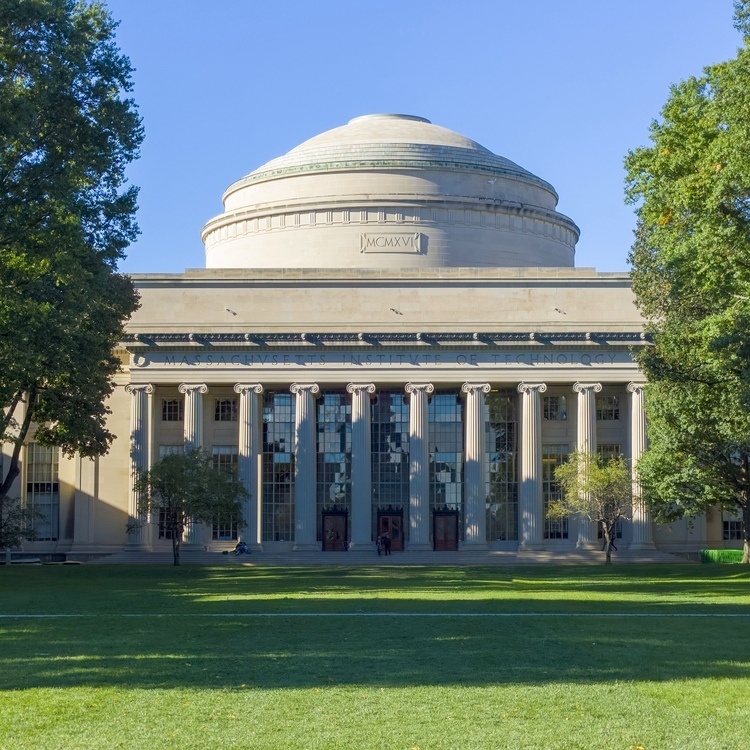
Vincent Tang Thesis Defense: Top-down and bottom-up interactions for cortical bursting
Description
Date: Monday, April 14th at 10AM
In-person Location: 46-3189, McGovern Seminar Room
On Zoom: https://mit.zoom.us/j/94586137096
Title: Top-down and bottom-up interactions for cortical bursting
Abstract: High-frequency burst firing occurs throughout the mammalian cortex in vivo, yet both the underlying mechanisms and functional roles of bursts are unclear. Burst firing in brain slices is strongly modulated by the activity of apical dendrites, which branch extensively in layer 1 (L1) and receive long-range inputs from higher-order cortical and thalamic areas. These properties suggest a powerful subcellular substrate by which single pyramidal neurons could multiplex bottom-up and top-down information via L1-independent tonic spikes and L1-dependent bursts, respectively, and have provided a basis for emerging theoretical models of cortical computation and learning. However, our understanding of burst firing and subcellular processing remains critically limited by a lack of evidence in awake animals. It is unclear whether burst firing a) is preferentially recruited by bottom-up versus top-down inputs, and b) requires apical dendritic engagement. To answer these questions, we performed high-density extracellular recordings in primary visual cortex of awake mice while presenting a battery of Gabor (bottom-up) and inverse (top-down) visual stimuli. We report widespread high-frequency bursts in L2/3 and L5 pyramidal neurons. Contrary to expectation, bursts exhibited extremely short response latencies, and were most strongly recruited by Gabor stimuli. We further tested the causal contribution(s) of apical dendrites to burst firing and top-down visual tuning via two optogenetic manipulations: direct L5 apical tuft inhibition and NDNF interneuron activation. Strikingly, L1 inhibition only modestly reduced the burst fraction, and did not differentially affect Gabor vs inverse responses. Taken together, these results challenge prevailing theories of apical dendritic involvement in burst spike generation and feedback visual tuning, and provide new biological constraints for future theoretical and experimental work.

